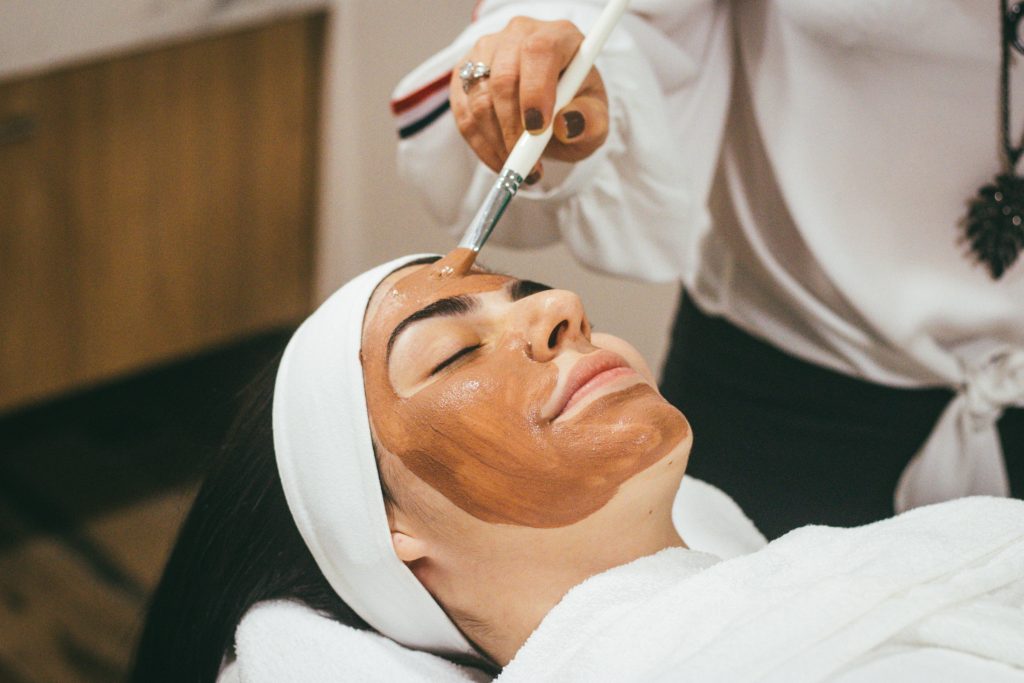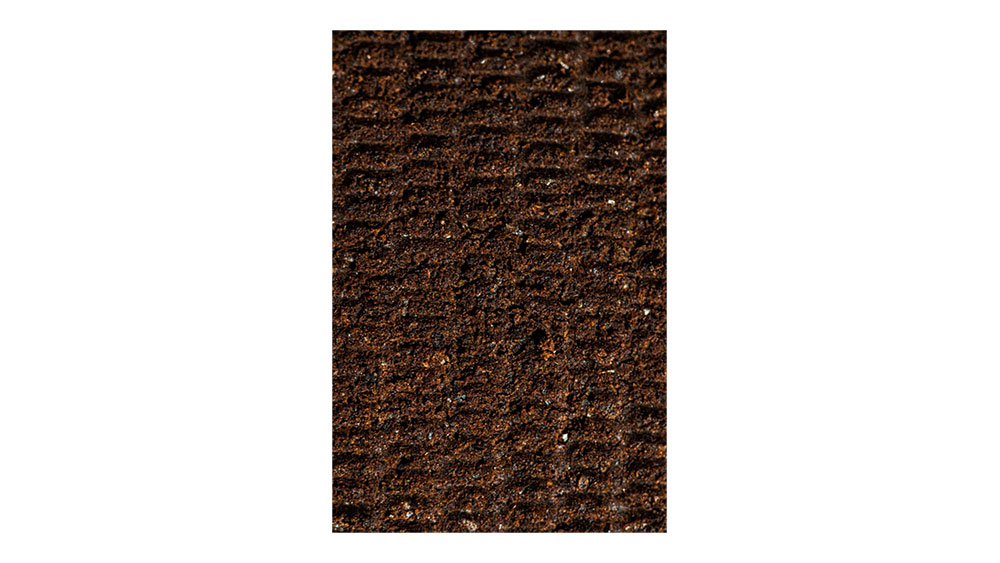Chances are that most of your old coffee grounds end up in the trash. This may not be detrimental to the ecosystem on its own, but there are better ways to dispose of them! If you’re going to spend a little money on your coffee, you might as well recycle coffee grounds to take care of the planet.
Check out five ways to reuse your coffee grounds below!

1. Recycle Coffee Grounds To Fertilize Your Garden
Coffee grounds are one of the most readily available biowastes that can be used to nourish your garden. If you drink coffee every day, you will have enough grounds to fertilize your garden. In fact, you can add the grounds directly into the soil!
As plants mature, they extract nutrients from the soil, eventually depleting it to the point where it is unusable. This is the reason that farmers will typically rotate their crops – some crops add nutrients to the soil that others will soak up.
Coffee grounds can restore many important nutrients to the soil, including calcium, nitrogen, iron, phosphorus, potassium, and magnesium. This will help your vegetable garden thrive!

If you’d rather avoid adding grounds directly to the soil, you can always add them to your compost heap. They’ve got plenty of sugars and similar components that will make them a wonderfully versatile addition!
Compost is the natural byproduct of the decomposition of organic waste such as kitchen waste and yard trash. Your plants’ health will benefit from composting in your garden since it helps the soil retain micronutrients while your plants absorb those nutrients from the soil. Think of it this way – if your tomato plant soaks up all the nitrogen in some soil, then the nitrogen is inside the plant. By composting it, you add that nitrogen back into the soil.
To use coffee grounds for your compost, add them to your stack and mix them thoroughly. You may turn it over regularly or mist them occasionally or not; that is totally optional.
There’s even been some research suggesting that compost produced from coffee grounds and kitchen garbage has more nutritional content than compost made only from waste. In one study, they looked at compost that had varying ratios of 0%, 10%, 20%, and 40% coffee grounds, relative to other things found in compost, such as garden waste. The result revealed that the compost batch with 40% coffee grounds delivered the lowest greenhouse gas emissions and highest compost quality results.
For a more complete guide to composting with coffee, see our full-length post here!
2. Pests and Insects Protection
There are some chemicals from coffee, caffeine in particular, that were evolved by the coffee plants in an effort to deter insects. As such, you can use those chemicals to your benefit!
In addition to being good at preventing flies, beetles, or mosquitoes, ground coffees are also great at repelling other pests. If you want to have a try, you can simply put a bowl of ground coffee in the area nearby pests. Alternatively, you can recycle grounds to make a very weak coffee solution. Add that to a spray bottle, and spray it onto your plants – insects will give them a wide berth!
This also helps with fruit flies and other bests that follow your produce into your home. I generally keep my coffee grounds in a metal container next to my espresso machine. Instead of always covering the container, I leave the lid off and leave my fresh fruits next to it. It helps keep those pesky fruit flies off of my bananas!
3. Recycle Grounds into Coffee Logs
This might sound like something of a strange option, but logs can be created from used coffee grounds. These “logs” can then be used to keep your home warm in the winter.
One UK-based company, Bio-Bean, collects a wealth of different coffee grounds from businesses across the country and compacts them grounds into logs. The logs are typically dried and treated, at which point they can be burned in your home to keep you warm!

At present, the technology to do this is fairly niche, which means that you’re unlikely to find a spot near you. If you live in a city, however, and you like the sound of this process, it might be worth asking a few local cafes about their interest in this process or others like it.
This is a great way to boost sustainability in a really pleasant way, not to mention adding the delicious smell of coffee to your fireplace on a cold winter evening!
4. Exfoliate Your Skin
Coffee grounds make an excellent abrasive for cleaning. While some people use the grounds for household cleaning, such as pots and pants, few people realize that coffee grounds can be as good as any commercially-bought skin exfoliant.
The grounds’ abrasive particles exfoliate debris and dead skin cells from the face and body as an exfoliant. The easiest method to making a coffee scrub is to mix coffee grounds with some coconut oil or water, then scrub them straight into your skin with your hands and massage them for better blood circulation. On top of that, a tiny quantity of honey may be added to ground coffee to create a scrub for lips that is exfoliating and moisturizing. If your skin is particularly sensitive, try using espresso (fine) grounds instead of course, drip grounds.

According to the Cleveland Clinic, caffeine is actually good for your skin. In fact, some skin-care companies add caffeine to their products (check your labels!). Some of the benefits of caffeine on your skin include protecting against free-radicals which cause wrinkles, brightening your skin due to vasoconstriction, de-puffing under-eye bags, and decreasing inflammation. Since coffee grounds have residual amounts of caffeine, they make the perfect, inexpensive addition to your nighttime routine!
If you don’t have time for the DIY approach, you can always get a ready-made scrub like this one on Amazon!
5. Repair Scratched Furniture
Scratched and scuffed of wooden furniture is a common problem, since legs and skirting panels are usually at a height that allows them to be accidentally kicked or knocked. There are a variety of solutions on the market that claim to reduce the look of scratches. However, prior to going out and buying anything, you can try using coffee grounds!
The first step is to create a thick paste by combining coffee grounds and water. Apply the paste to the wood, allowing it to sit for a few moments. Then, wipe away the mixture with a cotton swab to remove any remaining residue. Using a dark-brown stain to cover the visible wood should help smooth out the ding and hide it altogether.
This works on two levels – the coffee can stain the wood itself, bringing the color of all wood to which you apply it into a dark, coffee color. The second level is on the oils within the coffee, which can, on some level, serve to condition the wood, for the same reason that linseed oil is often used to bring a shine back to wood.
Conclusion
Coffee grounds are actually quite a versatile byproduct of your morning brew. While we only covered five methods to recycle them here, you may want to look into others. For example, they can be dried and added to your cooking to boost flavor, neutralize odors, infused into candles, scour your pots and pans, and so many more. If you have more ideas, drop a comment below!

